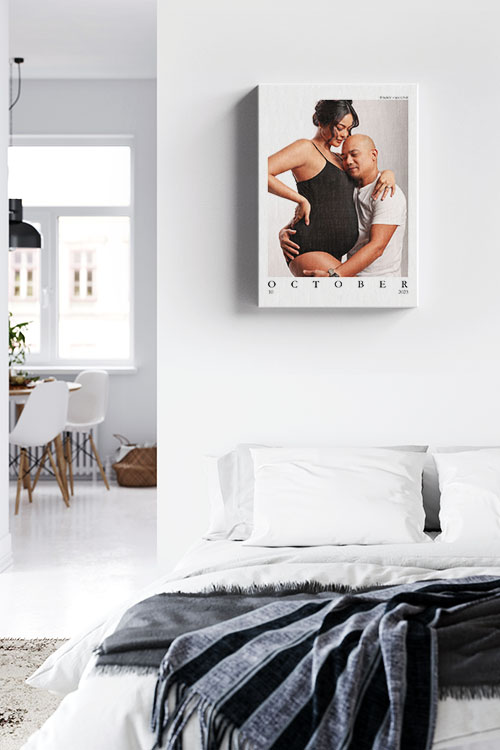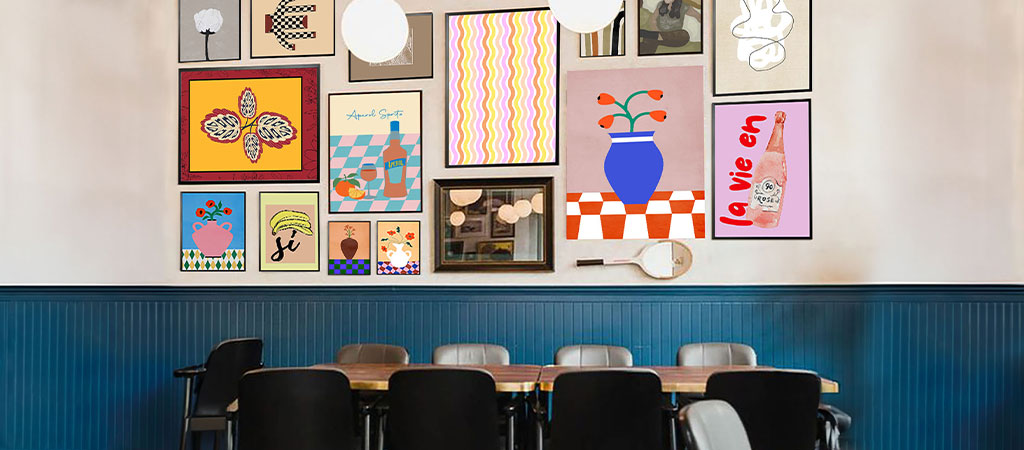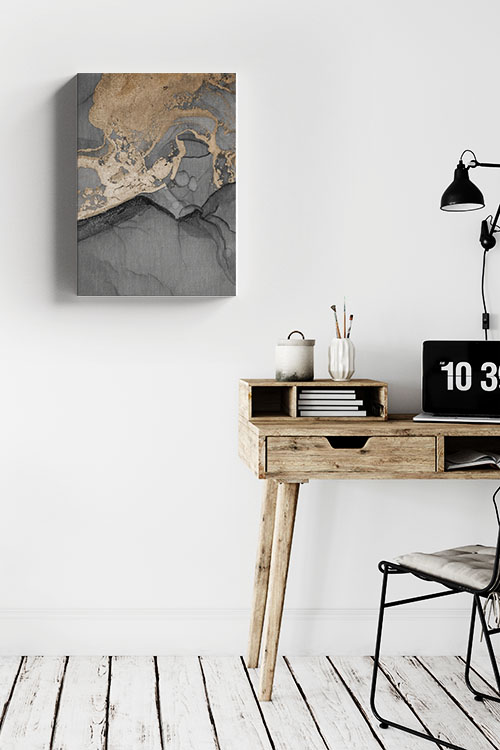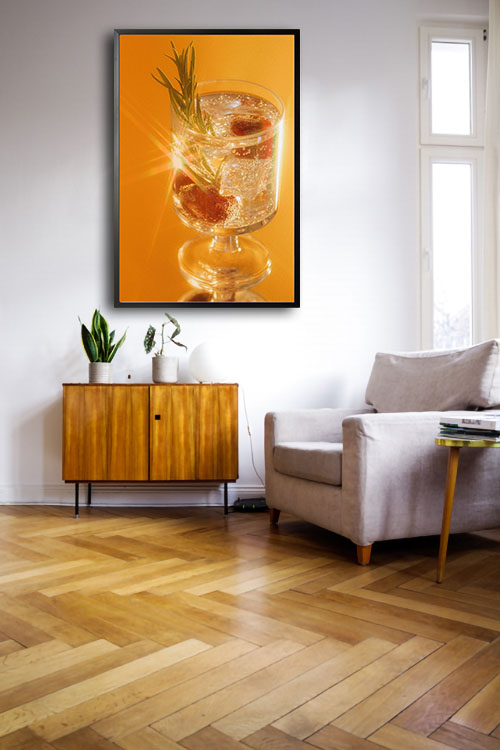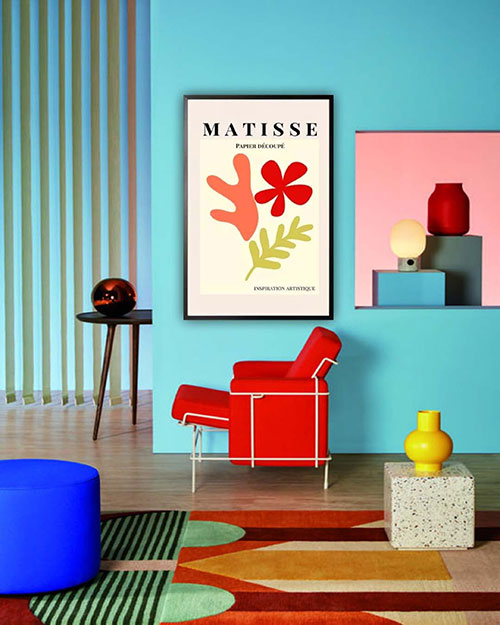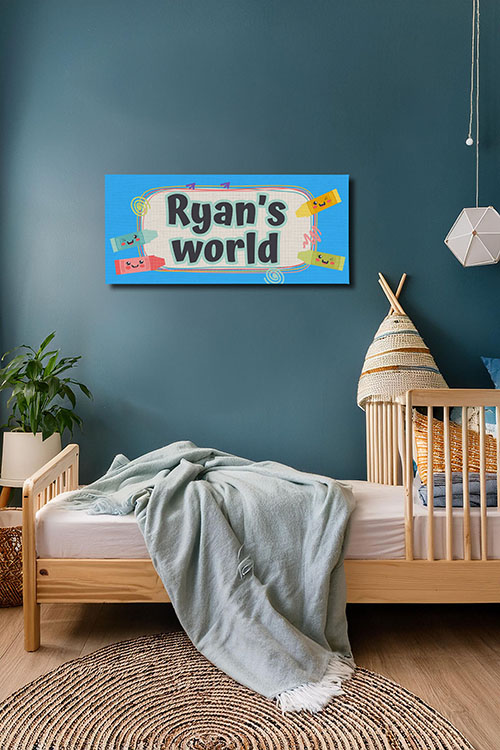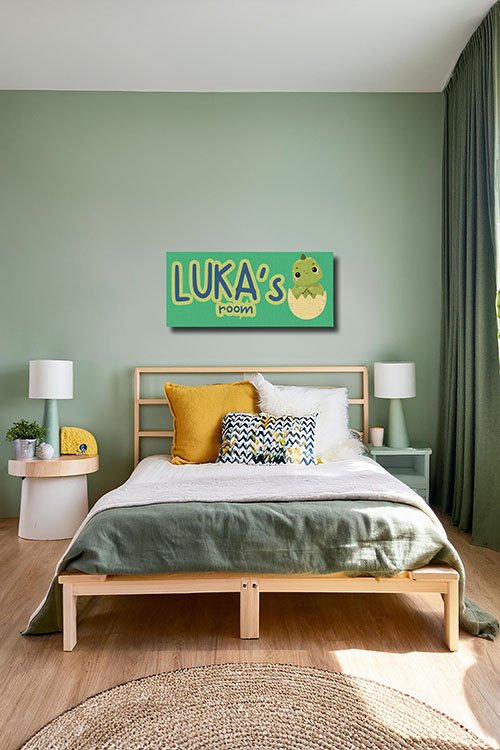
Dog-proofing an apartment is essential for ensuring the safety and well-being of your pets while protecting your belongings. With their limited space and often shared walls, apartments require thoughtful planning to create a safe environment for your dog. Here are some practical ways to make an apartment both pet-friendly and pet-proof.
Protect Cables and Electronics
Dogs, especially puppies, often love to chew on electrical cords, which can lead to severe injuries. Cover any exposed cables with cord protectors or secure them along walls or behind furniture to prevent this. It is also wise to unplug appliances when not in use to minimize the risk of shock. Moreover, consider securing small electronics like remotes, game controllers, and chargers out of reach, as they can also be tempting chew toys.
Secure Trash Bins
Trash bins are often full of enticing items for dogs. Household trash can contain foods, wrappers, and toxic substances that are harmful when ingested. Consider using trash cans with lids that lock or place them inside cabinets. If your dog is particularly curious, adding childproof locks to cabinets may be necessary to keep them from accessing the bin.
Remove Toxic Plants
Houseplants add a touch of nature to any apartment, but some can be dangerous if ingested by your dog. Many common houseplants, including philodendrons, lilies, and photos, are toxic to pets and should be avoided. If you are uncertain which plants are safe, opt for pet-friendly varieties like spider plants, Boston ferns, or orchids. Alternatively, place plants on high shelves or use hanging planters to keep them out of reach.
Manage Kitchen Hazards
Kitchens can be particularly tempting and hazardous for dogs, as they often contain food, cleaners, and other potentially harmful substances. To dog-proof your kitchen, install childproof locks on lower cabinets to secure food, cleaning products, and sharp objects. Additionally, avoid leaving food unattended on countertops or tables, especially toxic foods like chocolates, grapes, and onions.
Secure Windows and Balconies
If your apartment has windows or a balcony, ensure they are safe for your dog. Use pet-proof screens to prevent accidental falls and injuries, and consider installing netting or fencing around balconies. Keep windows closed or open them only slightly if your dog likes to jump or push at screens.
Protect Valuables and Breakables
Personal items like shoes, remote controls, and decor can be tempting for dogs, especially if they enjoy chewing. Place breakable or valuable items on high shelves and store shoes in closets to keep breakable or valuable items safe. Storage baskets or closed containers for items that usually sit out can also be helpful.
Provide a Designated Dog Space
Setting up a comfortable area for your dog can make them feel more at home and may reduce their urge to explore off-limits parts of the apartment. Include a bed, toys, and water in this space to encourage them to relax there. Giving your dog their zone can also help them develop a sense of security and encourage positive behavior.
Use Pet Gates for Restricted Areas
If certain areas are strictly off-limits, use pet gates to section them off. This approach allows you to control where your dog roams while enabling them to explore designated sage areas.
In a Nutshell
These steps can create a safe, comfortable, and pet-friendly apartment that allows you and your dog to enjoy your space without constant worry. With extra care and planning, dog-proofing becomes an easy way to prevent accidents and ensure a happy home for both you and your fur baby.
